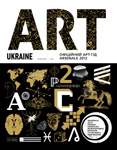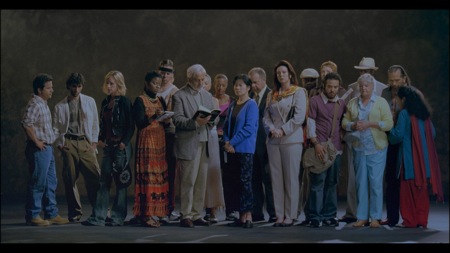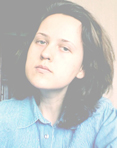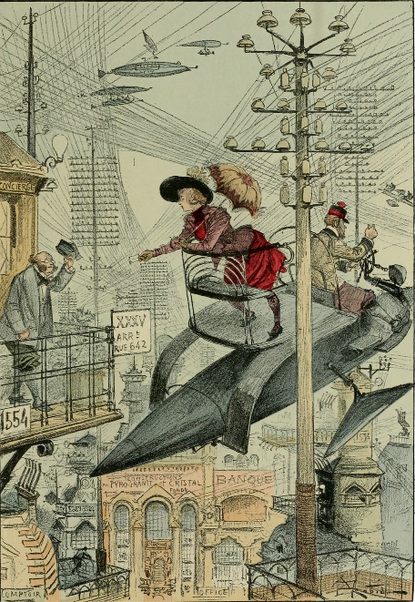ARSENALE'S DIARY: Bill Viola. ‘I did not choose video, video chose me’
We have the honor to introduce Bill Viola to the readers. One of the pioneers of video art he is now considered to be a leading figure of the genre. His work is unmistakable – characterized by a slowing of time, they resemble ‘moving paintings.’ Viola works with themes of human consciousness and experience – birth, death, love, emotions, and spirituality. The aesthetics of Renaissance Art and influence of eastern philosophy combine to create a sense of transcendence, common in his work. Viola’s The Raft will be featured at ARSENALE 2012.

Bill Viola

ART UKRAINE № 3(28) May-June 2012. Heading INTERVIEW




Bill Viola. The Raft. 2004. Color High-Definition video projection on wall (396.2 x 223 cm) in darkened space; 5.1ch surround sound. Performers: Sheryl Arenson, Robin Bonaccorsi, Rocky Capella, Cathy Chang, Liisa Cohen, Tad Coughenour, James Ford, Michael Irby, Simon Karimian, John Kim, Tanya Little, Mike Martinez, Petro Martirosian, Jeff Mosley, Gladys Peters, Maria Victoria, Kaye Wade, Kim Weild, Ellis Williams. 10:33 minutes. Photo: Kira Perov
A group of nineteen men and women from a variety of ethnic and economic backgrounds are suddenly struck by a massive onslaught of water from a high-pressure hose. Some are immediately knocked over and others brace themselves against the unprovoked deluge. Water flies everywhere, clothing and bodies are pummeled, faces and limbs contort in stress and agony against the cold, hard force. People in the group cling to each other for survival, as the act of simply remaining upright becomes an intense physical struggle. Then, as suddenly as it arrived, the water stops, leaving behind a band of suffering, bewildered, and battered individuals. The group slowly recovers as some regain their senses, others weep, and still others remain cowering, while the few with any strength left assist those who have fallen back to their feet.
Vera Ganzha I can only guess why you are interested in ARSENALE 2012 – maybe because of its theme ‘The best of times, the worst of times…’ – when time is one of the leading topics of your art. Can you describe the work that you will be presenting here in Kiev?
Bill Viola First of all, I am honored to be here at the first Kiev Biennale of Contemporary Art. It is an important moment for Ukrainian artists and their culture and for the world. Of course, I love David Elliott’s theme of the Biennale –Rebirth and the Apocalypse. In my lifetime, time and space have become the new medium for creating art.
The work I am presenting here, in Kiev, is entitled The Raft. It was created in 2004 and very loosely inspired by the painting of Gericault. I wanted to make something that addressed the global environment in which increasing numbers of us live, no matter what our ethnic backgrounds. I am interested in the commonality between human beings when they are confronted with crises, danger, beauty, violence, ecstasy, suffering, joy, death, and mystery. In the case of The Raft, I wanted to see how a disparate group of strangers would react to the violent, sudden onslaught of water that threatened to overwhelm them. I watched as the event evolved from the idea of self-preservation to aiding those who had fallen. It was very moving.

Bill Viola. The Quintet of the Astonished. 2000. Color video rear projection on screenmounted on wall in dark room. Projected images size: 1.4 x 2.4 m; room dimensions variable. Performers: John Malpede, Weba Garretson, Tom Fitzpatrick, John Fleck, Dan Gerrity. 15:20 minutes. Photo: Kira Perov
– Why did you choose video as your art form? What capabilities does it give you?
– I did not choose video, video chose me. This was the late 1960’s, early 70’s. It was there waiting to be touched. It was new. It had no history like cinema. The field was wide open. Every time I used it I was making something new. We were inventing the art form by ourselves. After we learned the basic techniques, we just used our hands and eyes, not books or instruction manuals. We learned the rules by breaking the rules. Regularly, someone would discover a new technique and we would all try to duplicate it. It was an exciting time. People were hungry for creativity.
– Your works have been called “Moving Paintings.” Also, the whole compositions are architectonic and the figures can look like sculptures. You refer to classical art using video technology, a relativity new medium. Was it by the light of nature or your thought processes that you arrived at such a synthesis?
– I think we do it a disservice if we call the Renaissance “old” and Digital media “new.” When I studied the late middle ages and Early Renaissance for my “Passions” series, I came face-to-face with “Old” new technology. When perspective was brought to Europe from the Middle East via the Ancient World, it had already been in basic use for over 2,000 years. However, at that time, artists in Renaissance Florence were just learning it for the first time. In the15th century, understanding the technical details of perspective was a 4-year university degree program. Today, much of the same material is taught in High School over the period of a few weeks.
Regarding my thought processes, when I create my work, the impulses and ideas come to me from an unconscious place. For example, in reading your question I just scanned the patterns of your words and subconsciously they became impressions – “moving paintings” (motion), “architectonic” (physical), and “sculpture” (human form). Now it can turn into something interesting for me. You mentioned “the light of nature” and “the light of thought.” This is a very important point. The Japanese have shown us that rational thinking is not always necessary for success in speech or in battle. In fact, they say it is usually better not to rely on it at all and simply trust your unconscious instincts.

Bill Viola. The Greeting. 1995. Video/ Sound Installation. Color video projection on large vertical screen mounted on wall in darkened space; amplified stereo sound. Photo: Kira Perov
– Do new technologies allow more freedom, or do they mean less control for artists?
– Again, I think the technology, although important, is not the main issue here. In 2005 my family and I went to Dharamsala, India to have a private audience with the Dalai Lama. At one point I asked him about the technology that I use, particularly the ways it distracts us and focuses our attention on trivial things. He immediately said that the issue is not the technology. He showed me a fork and said, “If I have love in my heart, I can feed you nutritious food with this fork, but if I have hatred in my heart, I can kill you with it.” He went on to say, “It’s not about the technology, but the intentions of the user that are most important.”

Bill Viola. Observance, 2002. Color High-Definition video on plasma display mounted on wall. 120.7 cm x 72.4 cm x 10.2 cm (47.5 in x 28.5 in x 4 in)
– You once said that video gives artists a real-time, simultaneous of the Self, which can be disturbing. Is every work you create a challenge or lesson to learn about yourself?
– No, it is an opportunity to look at myself from a different vantage point. Sometimes this can be difficult, or even painful, but it is important to understand that human beings are constantly changing and restructuring their thoughts, feelings, ideas and beliefs throughout their lifetime. The most important aspect of human beings is that they can change their mind, as frustrating as this might be. For an artist it is vital to keep moving, to keep growing, to work through the pain or difficulty instead of trying to sublimate it. We have all experienced failure at one time or other and this is what makes us stronger. As the philosopher Nietzsche said, “If it doesn’t kill you, it makes you stronger.” Young people today need to be fearless so they can show us the way.

Bill Viola. Ocean Without a Shore, 2007. Installation view, San Gallo, Venice. High-Definition color video triptych, two 65” plasma screens, one 103” screen mounted vertically, six loudspeakers (three pairs stereo sound).Room dimensions variable
Bill Viola’s Studio is run by his wife, Kira Perov, who is an executive director. She has worked with Viola since 1978 managing and assisting Viola with his videotapes and installations. She documents their work in progress on location and edits all of the production done at the studio.
The presence of water in most of Bill Viola’s works has its reason – as a child he nearly drowned in a lake while on vacation in the mountains with his family. This experience the artist describes as “… the most beautiful world I’ve ever seen in my life”, “without fear,” and “peaceful”.

Vera Ganzha










